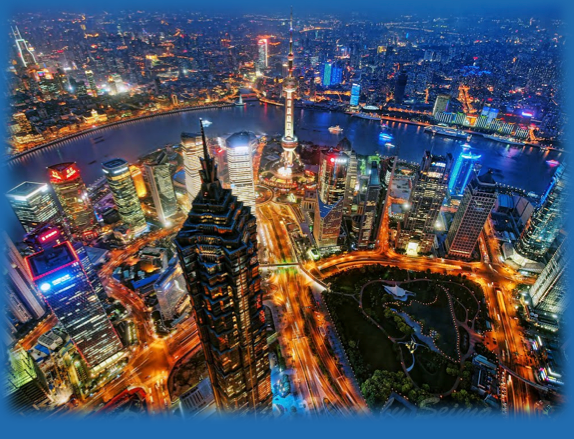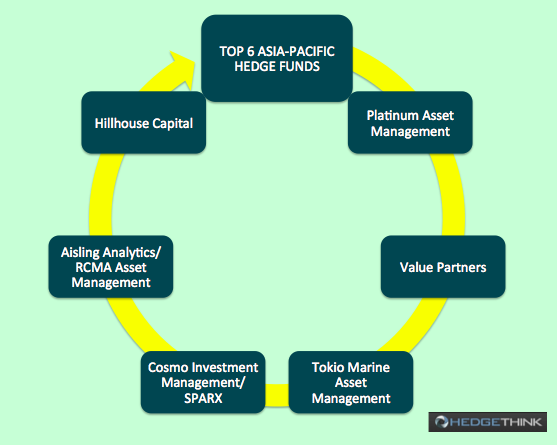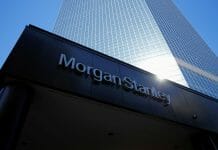
After the crash of 1995, investors across the world are still a little bit reluctant to trust the Asia-Pacific region with their capital, but that’s starting to matter less and less. With China’s exports fueling the growth of an industrial gentry and middle class pensions, there’s plenty of capital from the region itself being invested.
Here’s a look at some of the hedge funds benefiting from that absolute transformation, and some that are blazing their own trail in the Asia-Pacific region.
Platinum Asset Management
Australia is often ignored when speaking about the Asia-Pacific region but, when it comes to international finance, the country is a powerhouse that fits into few better categories. Platinum Asset Management is a good example of the fitting categorization of Australia in the region, and is an incredible hedge fund workhorse at the same time.
Platinum has assets under management of $27.16 billion Australian, and that number has been increasing with regularity in recent years. Since inception the company’s biggest fund, the Platinum International Fund, has returned 13.5% to its investors on an annual basis.
That fund, which is the company’s real headliner with close to $12 billion in assets, invests in value opportunity stocks around the world, but it concentrates on the Asia-Pacific region. Trade with China dominates outcomes in Australia, and Platinum is very comfortable betting on the People’s Republic. In a 2014 note to investors the hedge fund said it saw “potential for handsome long-term returns” in the country.
Value Partners
With great skill and impressive investment returns, Hong-Kong based asset manager Value Partners has used its position in the gateway between China and the international capital markets to carve out a niche for itself.
Hong Kong’s position as an exit point for Chinese capital may be weakening, but Value Partners has a competitive advantage over mainland Chinese funds. It has built up a prestigious brand since being founded in 1993, and is managed to row its assets to $13.3 billion, as of January 2014.
That number is unlikely to be challenged by too many mainland firms and Value Partner’s reputation for excellence, and wide offering of products will make it a major player in the market for some time to come.
Tokio Marine Asset Management
As a subsidiary of one of Japan’s largest insurance companies, Tokio Marine Asset Management holds an important position inside the country’s financial industry. The firm, which offers a wide range of hedge fund products, manages around 6 trillion yen for institutions and investors.
Tokio Marine mostly operates inside of Japan, but the company also manages huge investments in the region it calls Asia ex-Japan. The company is a major player in the wider Japanese equity market, and a major hedge fund operator in the Asia-Pacific region as a whole, earning it a place as one of the region’s top hedge funds.
Cosmo Investment Management/SPARX
South Korea is often forgotten in discussions of the Asia Pacific region. The economic strength of its immediate neighbours results in the country’s industry, including its hedge fund business, being ignored. South Korea has some important funds working in it, however, including Cosmo Investment Management.
The second biggest hedge fund manager in Asia, Cosmo Investment Management changed its name to SPARX Asset Management Korea in February of 2015. The firm only got its hands on the a license to open hedge funds in 2013, but has managed a great run since then, offering investors a sharp array of products for investment inside and outside the Korean peninsula.
Aisling Analytics/RCMA Asset Management
Singapore’s leading commodity hedge fund, Aisling Analytics sits in the middle of one of the world’s busiest shipping regions. The company changed its name to RCMA Asset Management just last year, but its strategy remains the same.
Lead by CEO Michael Coleman, the hedge fund’s targets are commodities. Decisions are, according to the investment manager, driven by bottom-up analysis on the supply-demand dynamics of each commodity market. The company claims an equal attraction to both long and short term bets, but what really differentiates is its attraction to the physical business commodities.
In 2010 Aisling Analytics acquired RCMA, a rubber specialist with offices around the world. Leveraging that business, Coleman and RCMA got involved in all sorts of physical commodity trading, including sugar, coffee, cotton and sugar.
Hillhouse Capital
A Chinese firm with strong links to Yale university, Hillhouse Capital is a major up-and-comer. The company, lead by Yale Alumnus Zhang Lei, was started with a $20 million investment with the University’s endowment fund and continues to utilize its relationship with the institution to this day.
Hillhouse looks for growth opportunities where it can. In China there’s too many to count. The hedge fund has invested extensively in the Chinese internet sector managing to become an early investor in several of the country’s rising web companies including JD.com and Tencent.
Right now Lei is concentrating on something different. The hedge fund is involved in a joint venture with the Mayo Clinic in order to offer high quality healthcare inside of China. With ideas like that, the company’s growth appears broadly based through its exposure to high risk, as quickly-expanding companies in China could cause its own problems going forward.
Paul Shea is an experienced money, trading and investing writer who cut his teeth writing stock, investment and industry analysis and covering macroeconomics. Paul Shea work has been linked and quoted by MSNBC, BusinessWeek, Barrons, Zerohedge and The Blaze, and his work appears regularly on Google News and Google Finance, as well as other prominent news aggregators. He’s also written about the tech industry for the likes of Valuewalk and The Street. Paul is a senior contributor writer for TradersDNA and HedgeThink.






































